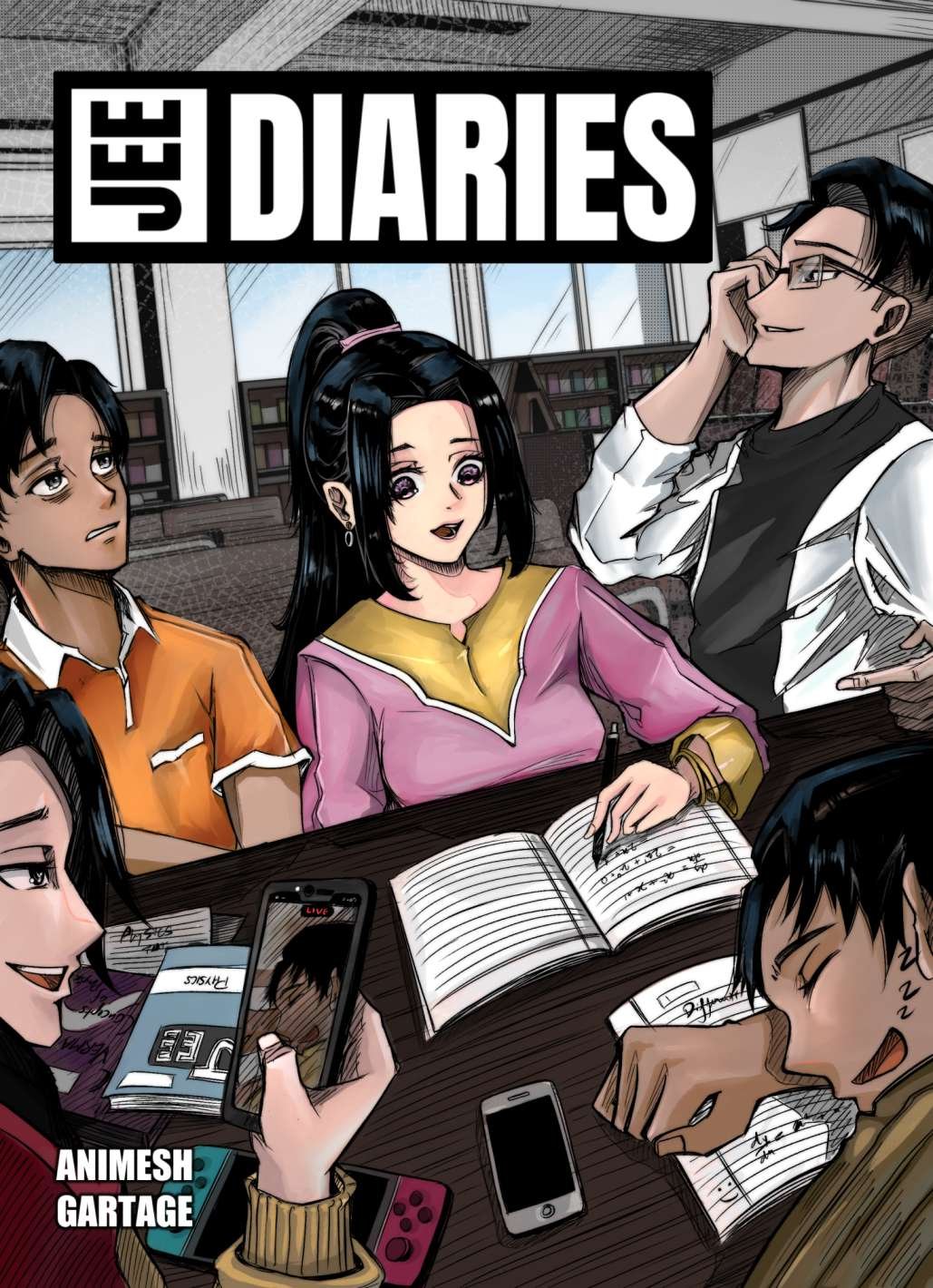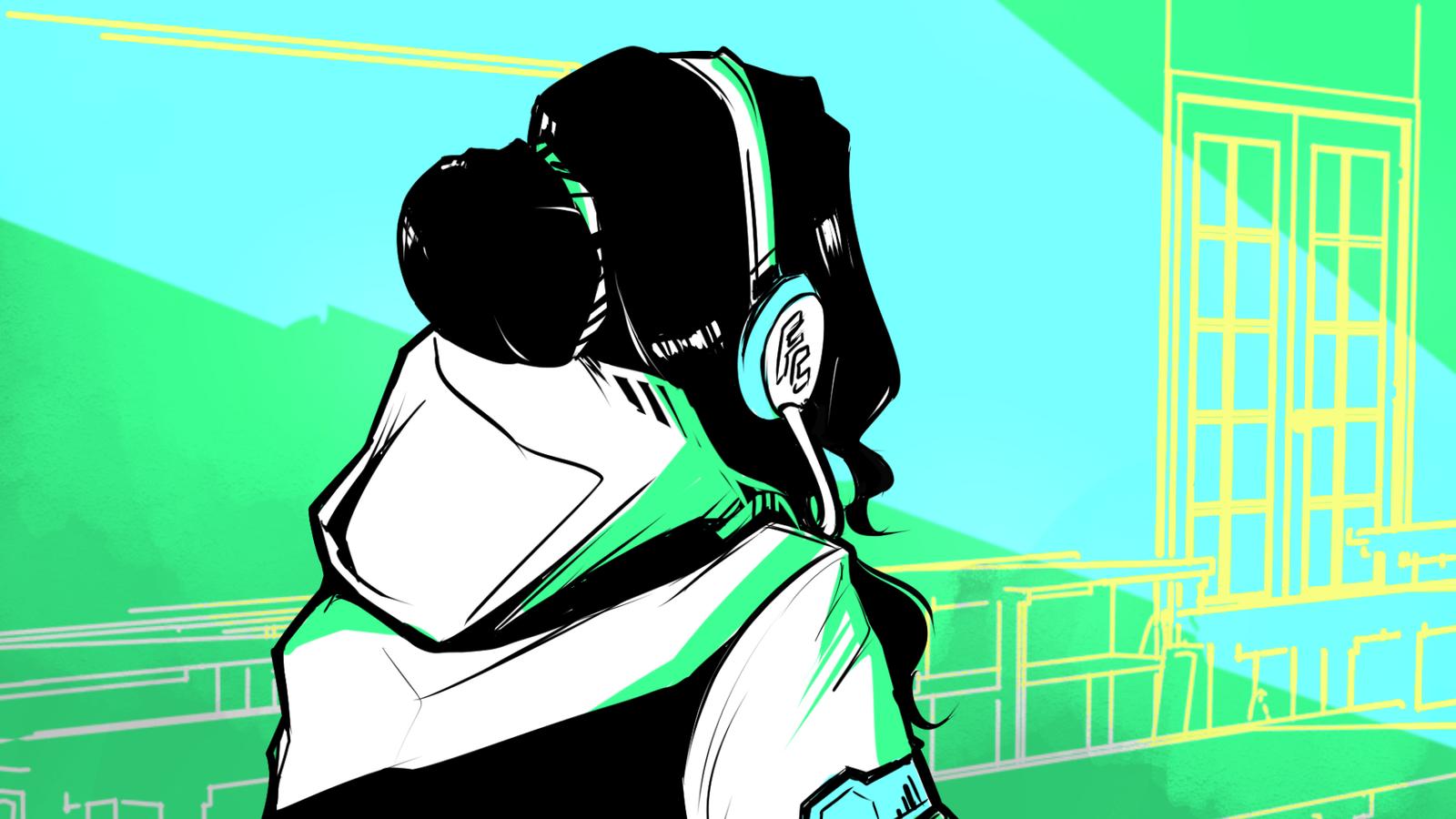How to Turn Your Game Idea Into a Marketable Masterpiece (Before You Write a Single Line of Code)
So, you’ve got that spark—a mechanic, a story, or an art style that screams “this could be HUGE!” But before you disappear into a coding cave for two years, there’s a truth every indie dev needs to hear: A great game isn’t enough. You need a marketable game.
Marketing isn’t something you tack on at the end. It’s a mindset you bake into your game’s DNA from day one. This checklist will help you lay the groundwork for a game that players want—and ensure they actually find it.
1. Define Your Target Audience: Who Are You Building For?
You can’t please everyone. Trying to appeal to “all gamers” is a recipe for obscurity. Start by asking:
- Who loves games like yours? (e.g., fans of cozy farming sims, hardcore roguelike enthusiasts)
- What platforms/communities do they use? (Reddit, Discord, TikTok?)
- What motivates them to buy? (Story? Challenge? Multiplayer chaos?)
Example: Stardew Valley didn’t target “everyone.” Creator Eric Barone focused on players nostalgic for Harvest Moon but craving deeper customization. By engaging with farming sim forums early, he built a rabid fanbase before launch (Steam). Understanding the fantasy fullfilment factor of your game can also dictate the must have features and differentiate them from the nice to have time wasters.
Action Step: Write a 1-sentence “player persona” (e.g., “20-35-year-old PC gamers who love narrative-driven RPGs with branching choices”).
2. Find Your Game’s “Hook” (USP)
What makes your game unforgettable? A USP isn’t just “it’s good”—it’s the reason someone clicks “Add to Cart.” Brainstorm:
- Mechanic: Hollow Knight combined Metroidvania exploration with punishing, Souls-like combat (Steam).
- Art Style: Cuphead’s 1930s cartoon aesthetic made it instantly recognizable (Steam).
- Story/Narrative: Disco Elysium offered branching dialogue with unparalleled depth (Steam).
Pro Tip: If you can’t describe your USP in 5 seconds, players won’t “get it” in a crowded Steam queue.
3. Research the Market (and Crush Your Competition)
Don’t fly blind. Answer:
- Who are your competitors? Play their games. Study their Steam pages, reviews, and pricing.
- Is your genre oversaturated? (e.g., Vampire Survivors-likes in 2023)
- What are the must have features in this genre? Can you compete visually/mechanically?
- If your target audience expects AAA polish (e.g., RPGs), adjust scope or art style.
- What features do you need to deliver a compelling experience at the game’s price point?
Example: Dave the Diver blended RPG management with rogue-lite diving, carving a niche in a busy indie market (Steam).
Red Flag: If your game looks “cheap” compared to similar $20 titles, players will notice.
4. Craft Your “Elevator Pitch” Early
Your game’s identity needs to be crystal clear—for you and your audience. Ask:
- What’s the core loop? (e.g., “Mine resources by day, defend your base at night” – Deep Rock Galactic)
- What’s the emotional experience? (e.g., “A bittersweet adventure about loss, told through puzzles” – GRIS)
- Can you summarize it in a tweet?
Example: Slay the Spire’s pitch was razor-sharp: “A single-player deck-building roguelike.” No fluff (Steam).
5. Build a Marketing Strategy (Yes, Now)
Marketing isn’t just trailers and wishlists. Start pre-production with:
- Community Building: Among Us’s success came from streamers. The devs cultivated relationships early, even when the game was niche (Steam).
- Visual Identity: Concept art, GIFs, and a cohesive style guide matter. Cult of the Lamb used its cute-cult aesthetic to dominate social media (Steam).
- Budget Realism: Can you afford a Steam Next Fest demo? A composer for your trailer?
- Public Relations: Who is giving coverage to similar games? Identify key players and be prepare to send 1000s of mails.
Pro Tip: Use free tools like Canva for eye-catching social posts, and free tiers of Mailchimp for email lists.
6. Assess Your Team’s Weaknesses
Be brutally honest:
- Art Quality: If your game is a pixel-art platformer, can your artist match Celeste’s polish? (Steam)
- Marketing Skills: If no one on your team enjoys social media, hire a freelancer or start learning now.
- Budget: Even a $500 budget can fund a few key Steam assets or a press mailing campaign.
7. Validate Your Idea (Before Coding!)
Don’t assume players want your game. Ask them:
- Run a Survey: Use Google Forms or Reddit polls to gauge interest in your concept.
- Create a Mock Steam Page: Test different thumbnails/titles with tools like Fake Steam Page Generator.
- Share Prototypes: Valheim’s early alpha built hype by letting streamers play unfinished versions (Steam).
8. Platform Strategy: Where Will You Shine?
Steam? Switch? Mobile? Consider:
- Audience Fit: Hardcore strategy gamers are on PC; casual players dominate mobile.
- Revenue Split: Steam takes 30%, but offers visibility. Epic Games Store takes 12%, but has fewer users.
- Porting Costs: A Switch port isn’t free—factor this into your budget.
Example: Dredge launched simultaneously on PC and consoles, maximizing day-one sales (Steam).
Conclusion: Plant Seeds Now, Reap Success Later
The most successful indie games (Hades, Stardew Valley, Undertale) didn’t stumble into fame—they were built with audience and marketing in mind from the first prototype. By answering these questions early, you’ll:
- Avoid costly reboots mid-development.
- Build a community that’s invested in your game’s journey.
- Create assets (trailers, pitches, GIFs) that actually convert players.
Your homework: Pick one item from this checklist (e.g., defining your USP) and tackle it this week. Share your progress on Twitter/X—you might just find your first fans.




Leave a Reply